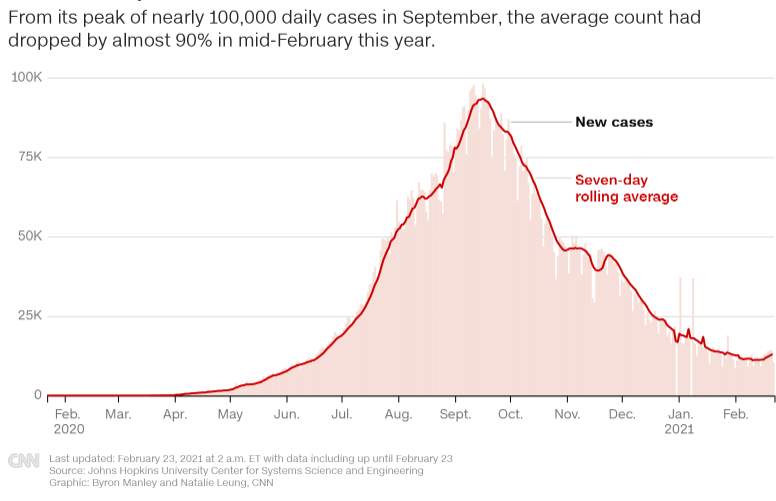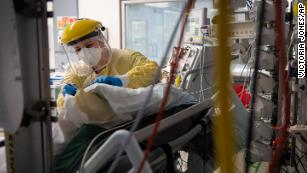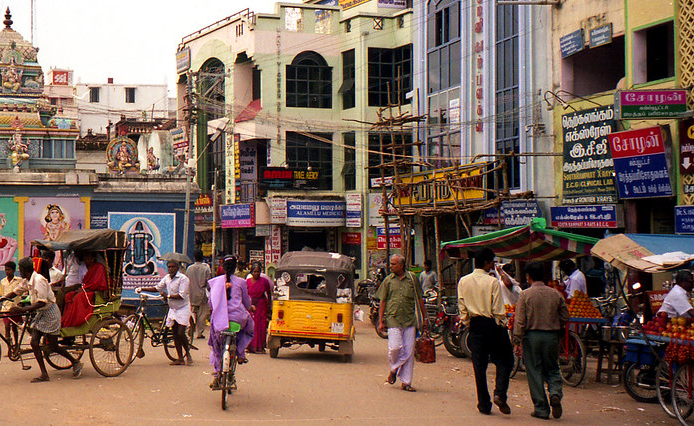Six months ago, India was in crisis. Critically ill Covid-19 patients were being turned away from hospitals. Doctors were collapsing from exhaustion. And the virus was spreading through crowded slums, home to millions of the country’s poorest people.
Written content from CNN
Today, the country looks very different. Daily new cases have plummeted, dropping from a peak of over 90,000 infections in September down to just over 10,000 a day in February. On February 9, the capital Delhi reported zero virus deaths for the first time in nearly nine months, according to COVID19INDIA, a website that crowdsources Covid-19 data from official sources.
This has all happened without drastic measures such as circuit-breaker lockdowns, which have been used in places like New Zealand and Australia to get outbreaks under control. The Indian government is still implementing certain social distancing restrictions and has scrambled to assist overstretched hospitals — but the economy has reopened, domestic travel has resumed, and people are largely going about their daily lives.
The recovery likely isn’t due to vaccinations, either. India has started its vaccination program, with the goal of inoculating 300 million people by August, but it’s still lagging compared to wealthier nations. So far, the country has administered less than one dose per 100 people, according to Our World In Data, a data aggregation website run by researchers at the University of Oxford.
To put that in perspective, the rate is closer to 27 doses per 100 people in the United Kingdom and 19 doses per 100 people in the United States.Experts speculate that several factors are likely behind the decline in India’s case numbers, such as the country’s younger population or the possibility of rising immunity in urban areas.

But there’s also the possibility that the case count doesn’t reflect reality. Testing rates have fallen slightly, which could mean more cases are going undetected. In September, the country was conducting more than 1 million tests per day. In February, the number has fallen to between 600,000 to 800,000 a day, according to data from the Indian Council of Medical Research (ICMR), the government’s biomedical research institute.
And the test positivity rate — meaning how many people are testing positive out of all tests conducted — was still hovering at nearly 6% this January and above 5% by late February. A high positivity rate may suggest that the country isn’t testing widely enough; under World Health Organization guidance, countries’ test positivity rates should be at 5% or lower for two weeks before reopening.Some experts warn that the low case numbers are more cause for caution than celebration — and that people can’t let their guard down, especially as new, potentially more contagious variants spread internationally.
Immunity in big cities
One factor behind the drop in cases could be a rise in people with antibodies, since there are “large numbers of people exposed to infection and thus protected,” said Shahid Jameel, a virologist and director of Ashoka University’s Trivedi School of Biosciences.
Researchers are still studying Covid-19 and how its immunity works. But a US study published in Science earlier this month suggested that after contracting the virus and developing antibodies, patients could be protected against catching it again for at least eight months.
India has reported more than 11 million cases and 156,000 deaths since the pandemic started, according to a tally by Johns Hopkins University.

And national serological surveys that test for antibodies show a sharp rise in various parts of the country. The latest of three surveys conducted by the ICMR, showed a nearly 22% antibody positivity rate in December and January — more than three times higher than last August and September, when an earlier survey found a rate of 6-7%.
The rate is even higher in crowded cities. The August-September survey suggested more than half the residents in Mumbai slums may have been infected before. And more than half of the population in Delhi has been infected with Covid-19, according to a serosurvey conducted by the Delhi government in January.
“This is a huge increase,” community medicine specialist Dr. Hemant Shewade said, adding that big cities may see “considerably reduced” transmission due to the rise in immunity. Read more from CNN





